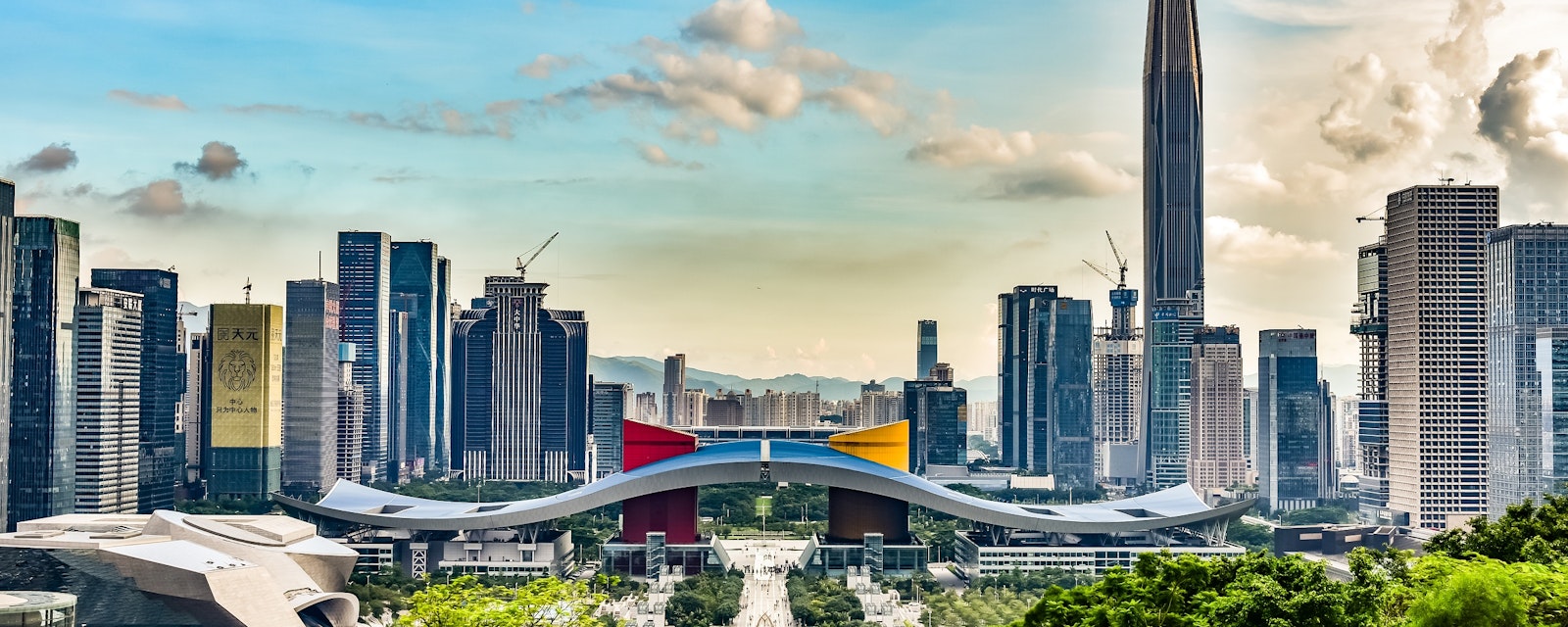China is facing the toughest test yet of its zero-tolerance policy towards Covid-19. Health officials reported 1,337 domestically transmitted symptomatic case on 13 March, and the cumulative total for 2022 has now exceeded 9,000, compared to 8,378 for all of 2021. The northeastern province of Jilin accounted for more than three quarters of new domestic cases on 12-13 March, but the southern technology hub of Shenzhen reported 135 cases in the same period, and the city is on nearly full lockdown.
Even if the government's traditional playbook of targeted lockdowns and travel restrictions succeeds in containing the latest outbreak, supply chain disruptions may increase in the short term. Shenzhen is uniquely important to global technology supply chains, both for finished goods and key hardware and software components. Several manufacturers have already announced factory shutdowns or disruptions, including Apple supplier Foxconn, automaker BYD, and printed circuit board maker Unimicron Technology.
Throughout the pandemic, even as the government has aggressively pursued zero-Covid, local officials have sought to minimize the impact on manufacturing. Even in Wuhan in 2020, flash memory maker Yangtze Memory Technologies gained special approval to continue operating despite the surrounding lockdown. Similarly, some Shenzhen businesses designated as essential remain open today.
However, in terms of daily caseloads, the current outbreak is the biggest since Wuhan 2020, so the degree to which lockdowns can be narrowly targeted remains uncertain. As previously discussed, China's GDP growth target of "around 5.5%" for 2022 already looked ambitious, and a prolonged period of lockdowns – even if well targeted – would add to downward pressure on growth. In this scenario, authorities would face even greater pressure to escalate infrastructure and housing stimulus.
Beginning of the End
Last week we discussed how and when China might exit its strict zero-tolerance policy. On 11 March, just as new cases were beginning to rise, Premier Li Keqiang declined to signal any imminent policy change, though he also promised the government would be "adaptive to new developments to keep an orderly and smooth flow of goods and personnel." One possible scenario is that the latest outbreak worsens in terms of case numbers but does not produce comparably large numbers of hospitalizations and death. This outcome would give policymakers greater confidence to begin a phased exit from zero-tolerance.
But the situation in Hong Kong, where a surge in Omicron cases overwhelmed hospitals and central quarantine facilities, makes that optimistic scenario appear unlikely. In Hong Kong, as in the mainland, vaccination rates are lower among the elderly, due to worries about adverse reactions, and Chinese vaccines also appear to be less effective against Omicron. A more likely scenario is that the current mainland wave follows a similar trajectory as in Hong King, where a dramatic surge in cases is now in rapid decline. In this scenario, the increase in natural immunity could similarly increase Chinese policymakers' confidence to plot an exit from zero-tolerance.





